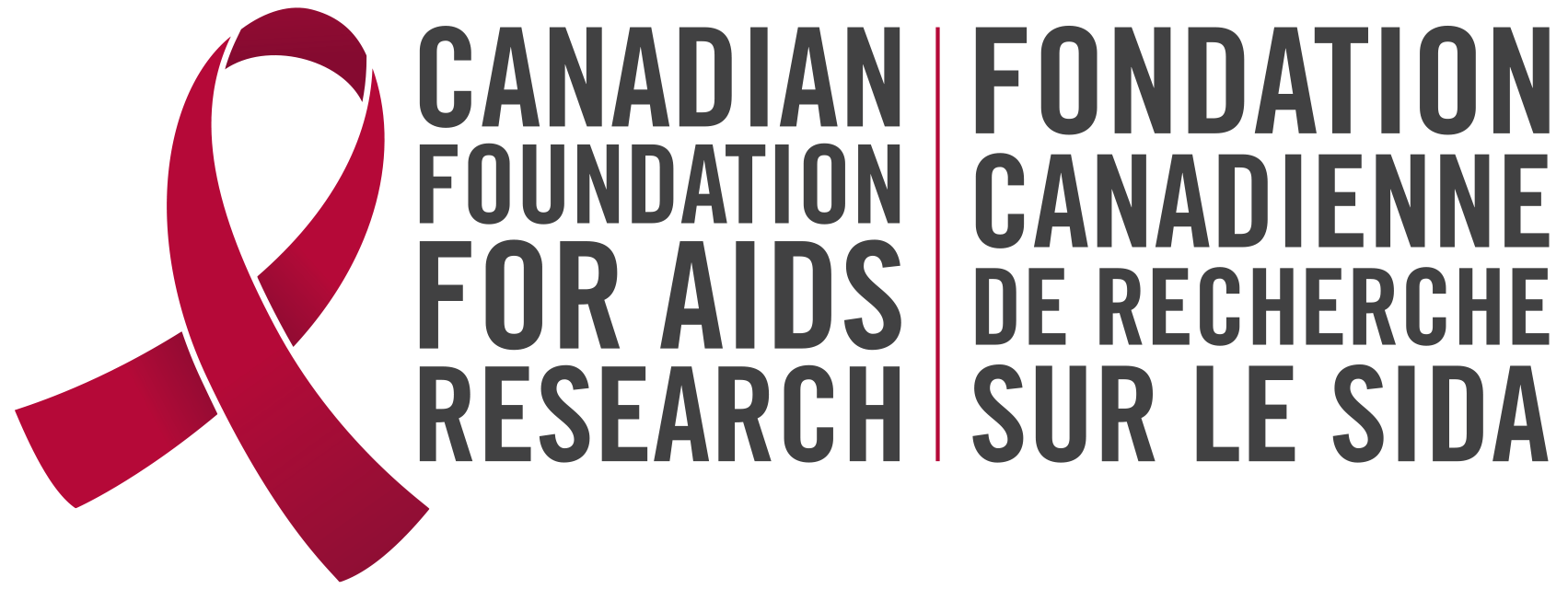
HIV is a virus. Stigma is a disease.
HIV is a virus. Stigma is a disease.
Unless you’re living with HIV, you likely don’t know what HIV stigma feels like. But it’s everywhere, and unlike HIV, there’s no medication that can suppress stigma.
In healthcare, HIV stigma can take the form of service providers disclosing your status loudly or to other people in the room, doubling up on gloves, isolating patients in separate rooms, or visibly recoiling after learning a patient’s status.
According to Casey House, an HIV/AIDS hospital and hospice in Toronto, 1 in 5 people living with HIV are denied healthcare because of stigma.
In workplaces, HIV stigma can look like coworkers physically distancing or asking to be reassigned to different projects or teams. Stigma can cause people living with HIV to fear disclosing their status and bringing their full, authentic selves to the job. Stigma pushes people to hide their status, which can create barriers for people living with HIV to request drug coverage so we can access effective treatment.
In courts, stigma is institutionalized through non-disclosure laws that can lead to aggravated sexual assault charges – even if people living with HIV are undetectable and there is no risk of transmission. This law, and the resulting conviction, can decimate a person’s livelihood and future.
In relationships, HIV stigma can lead to discrimination, abandonment or emotional or physical violence – which negatively impacts our mental health.
HIV stigma comes from a lack of knowledge, prejudices against groups of people most affected by the virus, and misinformation. But most notably, it comes from fear.
The only way to treat HIV stigma is with education. If everyone knew the simple facts about HIV, there would be a lot less fear of the virus and a lot more empathy for those of us living with it.
—
HIV is a very manageable condition with highly effective treatments. People who live with HIV can have an undetectable viral load, which means we can’t pass on the virus sexually. We can live long, healthy, active lives. We can even have children without passing on HIV.
—
HIV is easy to prevent with condoms, regular testing, and medications like pre-exposure prophylaxis (PrEP) or post-exposure prophylaxis (PEP). Research is rapidly advancing innovations in HIV prevention and treatment, like HIV self-test kits so anyone can learn their HIV status at a time and place that’s most comfortable for them.
HIV stigma is one of the greatest barriers we have in ending the epidemic in Canada – and the world. But learning the basics and advocating for people living with HIV in your local communities can help stop stigma from spreading – which will help us end the HIV epidemic once and for all.
HIV RESEARCH SAVES LIVES.
HIV RESEARCH SAVES LIVES.

More resources
Keep exploring

